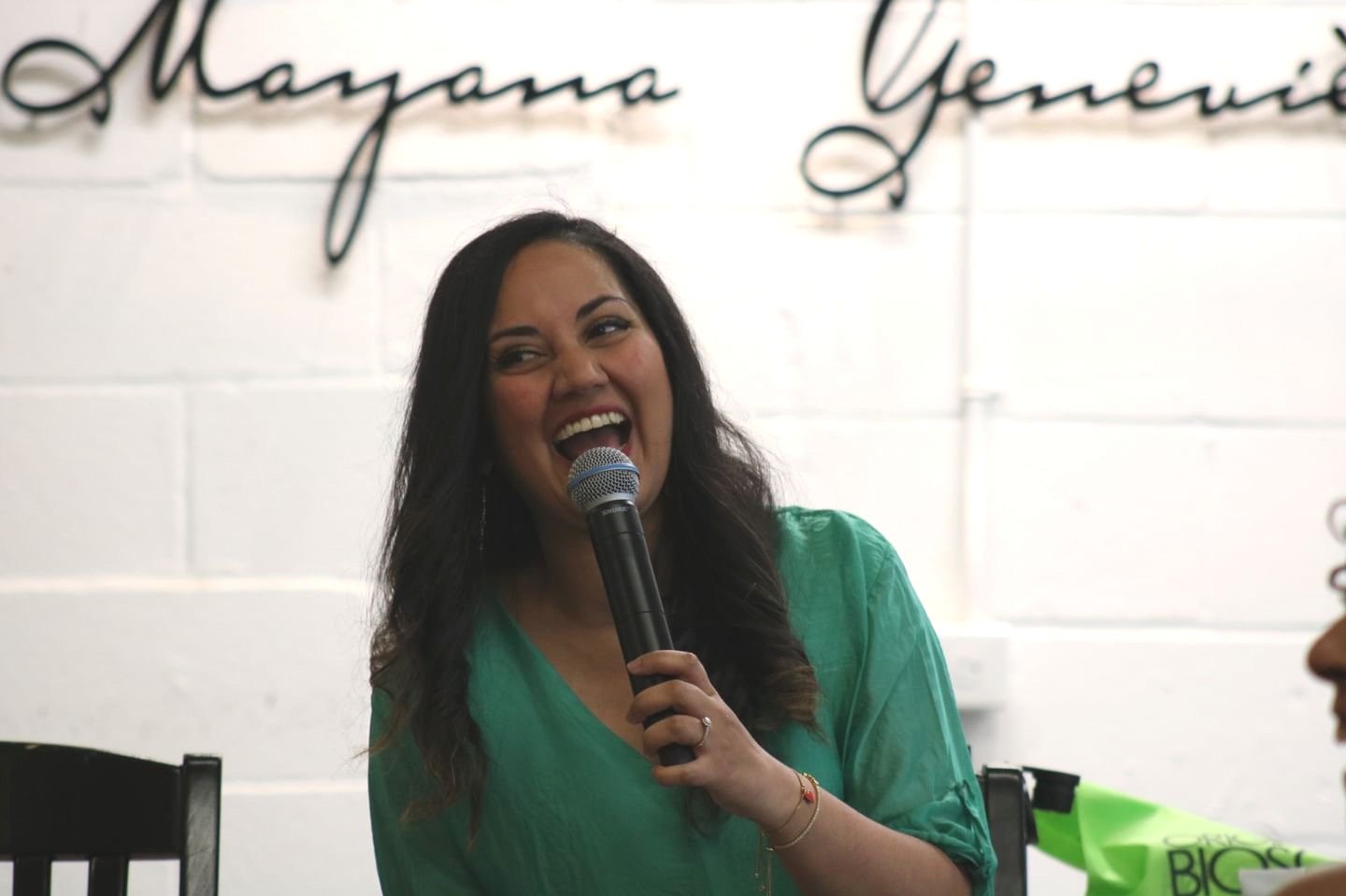Transitioning to Full Time Freelance
Note: this is an update to an article I wrote in 2010, when I went from college to full time freelance.
I started freelancing all the way back in 2002, when my church came to me looking for a website. As a junior in high school, I used
Frontpage, and GMail had yet to grace me with it’s presence. And this seemed like a really good opportunity for me to run
the business I always wanted. I freelanced all through high school and college. It was at the end of my senior year in 2007
that I realized I wanted to keep doing it. So I went to grad school to learn more about my trade, and better prepare myself full time freelancer. I stuck with it for a time but sought full time employment for 6 years before coming back to self-employment.
So what does it take to transition to full time freelancing (from school or employment)? Let me tell you what I’ve learned.
Be Financially Ready
First and foremost, you need to have money saved. This is for the slow times, the extra bills you will likely incur, and
tax time. I recommend starting as early as possible and putting as much as you can in an interest bearing account. I
had 6 months income in savings I could draw from. And I needed it! Less than 1 month after I went full time freelance,
I racked up almost $3000 in unexpected expenses.
[bctt tweet=”I had 6 months of income in savings before going self-employed”
username=”jcasabona”]
On top of that, get rid of any debt you can. Quite frankly, student loans suck, especially if you
go to an expensive school. You could be looking at $500/month in loans. But unless you want to wait 25 years to start
a business, you’re stuck with those. Because of this, you need to eliminate any other unnecessary expenses you have.
Generate Multiple Streams of Income
There will be slow times when new work isn’t coming in and having those other forms of income will help with that. It will also help you realize a higher income potential you wouldn’t trading time for money.
This doesn’t necessarily need to be a product or service you offer. I teach part time at my alma mater, which also gives me the opportunity to get out of the house (my office). You could also look at affiliate links, Clarity calls, and more.
[bctt tweet=”Multiple streams of income will help when work is slow” username=”jcasabona”]
Note: This was original geared towards students. Here’s a great tip if you are on. School provides a unique opportunity to work on profitable projects for credit. Be sure to take advantage of that.
Consider Your Benefits
Most full time employees enjoy benefits like 401K contributions, vacation, and health insurance. Luckily I’m married and my wife has great benefits. If you are single or otherwise uninsured, you need to decide on coverage.
In the USA, those under 26 can stay on their parents’ plan. If you don’t fall into that category, you’ll have to decide how you want to do it. The ACA may be changing soon, so be sure to talk to an expert in your area.
Another thing you’ll have to think about is retirement & savings. Full time employees can usually get a 401K from their employer. How do you want to plan for your retirement? You can get your own 401K, an IRA, a Roth IRA, or several other options. Again, talk to an expert; a lot of banks will also offer these.
Have an Exit Plan
Finally, you may realize that full time freelancing is not for you. You may get a great offer at a company a year into your full time freelance gig, or you run out of saving and need to get a job. Having an exit plan will help your transition out. Here are a few questions to ask yourself or your new employer:<
- When do I start looking for a new job? Is it when savings gets to a low point? Is it some
number of weeks without new work? Whatever it is, you need to make this hard decision for your well being
and that of your family. - Can you still freelance with the full time job you get? Some places will make you sign non-competes,
barring you from doing work in a similar field. You may not have time anymore. How do you want to handle
it? - What will you do with your current clients? How do you want to wrap up any current projects?
How will you direct them in the future? - What about current services? I offered hosting to my clients before I got a full time job.
I worked out a way to continue offering that service. You’ll need to do the same thing, especially if
you choose not to freelance at all anymore.
[bctt tweet=”It stinks to think about, but have an exit plan!” username=”jcasabona”]
Be Prepared!
These tips are not meant to scare you. But these are some real considerations you do need to take into account before you take the plunge. I knew much of this and the transition was (and sometimes still is) hard. Make your first year easier with some preparation.
PS: Want more, even better advice from a seasoned veteran? Brad Hussey’s Freelance Freedom course is open for enrollment now, from October 3rd to October 9th. Brad’s work is top notch, especially if you’re thinking of making the leap. I strongly recommend it!


